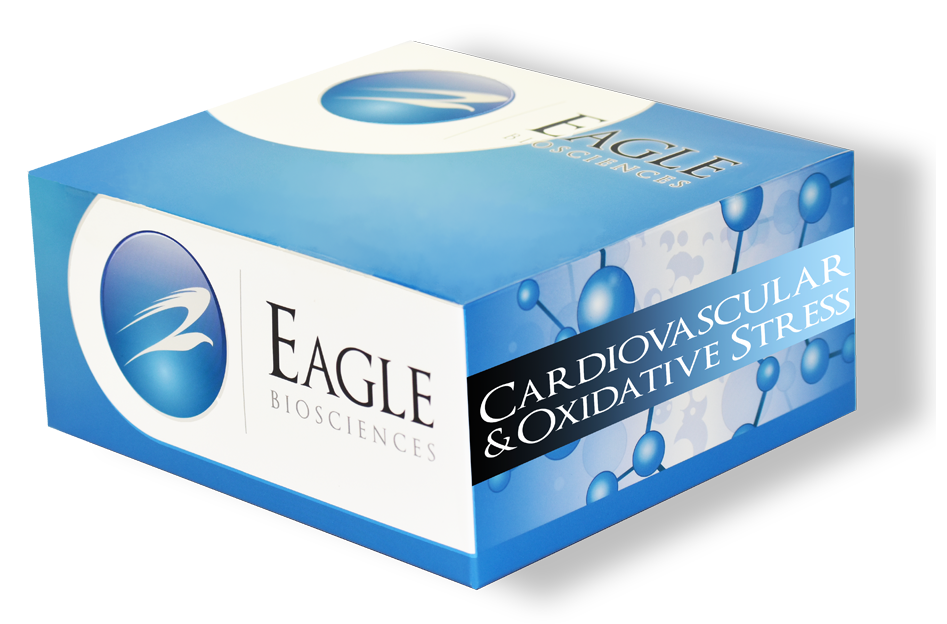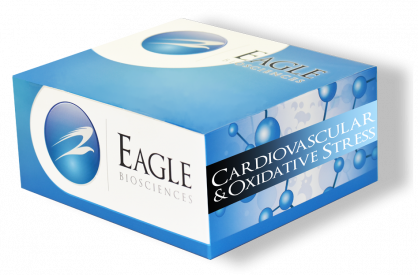Human IL-21 ELISA Assay
The Human IL-21 ELISA Assay is For Research Use Only
Size: 1×96 wells
Sensitivity: 15 pg/mL
Dynamic Range: 31.25 – 1000 pg/ml
Incubation Time: 3.5 hours
Sample Type: Serum, Plasma, Cell Culture
Sample Size: 100 µl
Alternative Names: Interleukin 21
SAMPLE COLLECTION AND STORAGE
Cell Culture Supernates – Remove particulates by centrifugation.
Serum – Use a serum separator tube (SST) and allow samples to clot for 30 minutes before centrifugation for 15 minutes at approximately 1000 x g. Remove serum, avoid hemolysis and high blood lipid samples.
Plasma – Recommended EDTA as an anticoagulant in plasma. Centrifuge for 15 minutes at 1000 x g within 30 minutes of collection.
Assay immediately or aliquot and store samples at -20°C. Avoid repeated freeze-thaw cycles. Dilute samples at the appropriate multiple (recommended to do pre-test to determine the dilution factor).
Note: Normal human serum or plasma samples are suggested to make a 1:2 dilution.
Assay Background
Interleukin-21 (IL-21) and its receptor play an important role in the regulation of the immune system. IL-21R, also called NILR (novel interleukin receptor), is a type I cytokine receptor with 4 conserved cysteine residues and an extracellular WSXWS motif. The biological effects of IL-21 include induction of differentiation of T-cells-stimulated B-cells into plasma cells and memory B-cells, stimulation (in conjunction) with IL-4 of IgG production, and induction of apoptotic effects in native B-cells and stimulated B-cells in the absence of T-cell signaling. Additionally, IL-21 promotes the anti-tumor activity of CD8+ T-cells and NK cells. IL-21 exerts its effect through binding to a specific type I cytokine receptor, IL-21R, which also contains the gamma chain found in other cytokine receptors including IL-2, IL-4, IL-7, IL-9 and IL-15. The IL21/IL21R interaction appears to play an important role in B and T cell proliferation after antigen stimulation and NK cell maturation.
Related Products
Human IL-22 ELISA Assay Kit
Human IL-17 ELISA Assay
Human IL-32 Alpha ELISA Assay Kit


